
Do you have a question about the Troxler 3440 and is the answer not in the manual?
| Model | 3440 |
|---|---|
| Category | Measuring Instruments |
| Display | LCD |
| Power Supply | Rechargeable Battery |
| Measurement Type | Density and Moisture |
| Radiation Source | Cesium-137 and Americium-241 |
| Application | Soil |
| Depth of Measurement | Up to 12 inches (300 mm) |
| Measurement Time | 1 minute (standard) |
| Battery Life | Approximately 8 hours |
| Operating Temperature | 14°F to 122°F (-10°C to 50°C) |
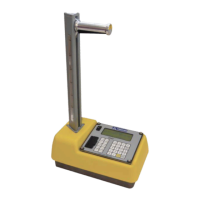

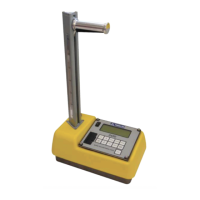


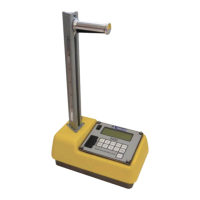
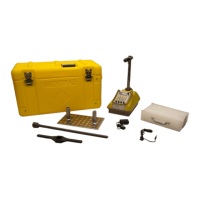
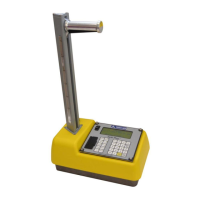


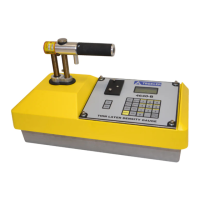

